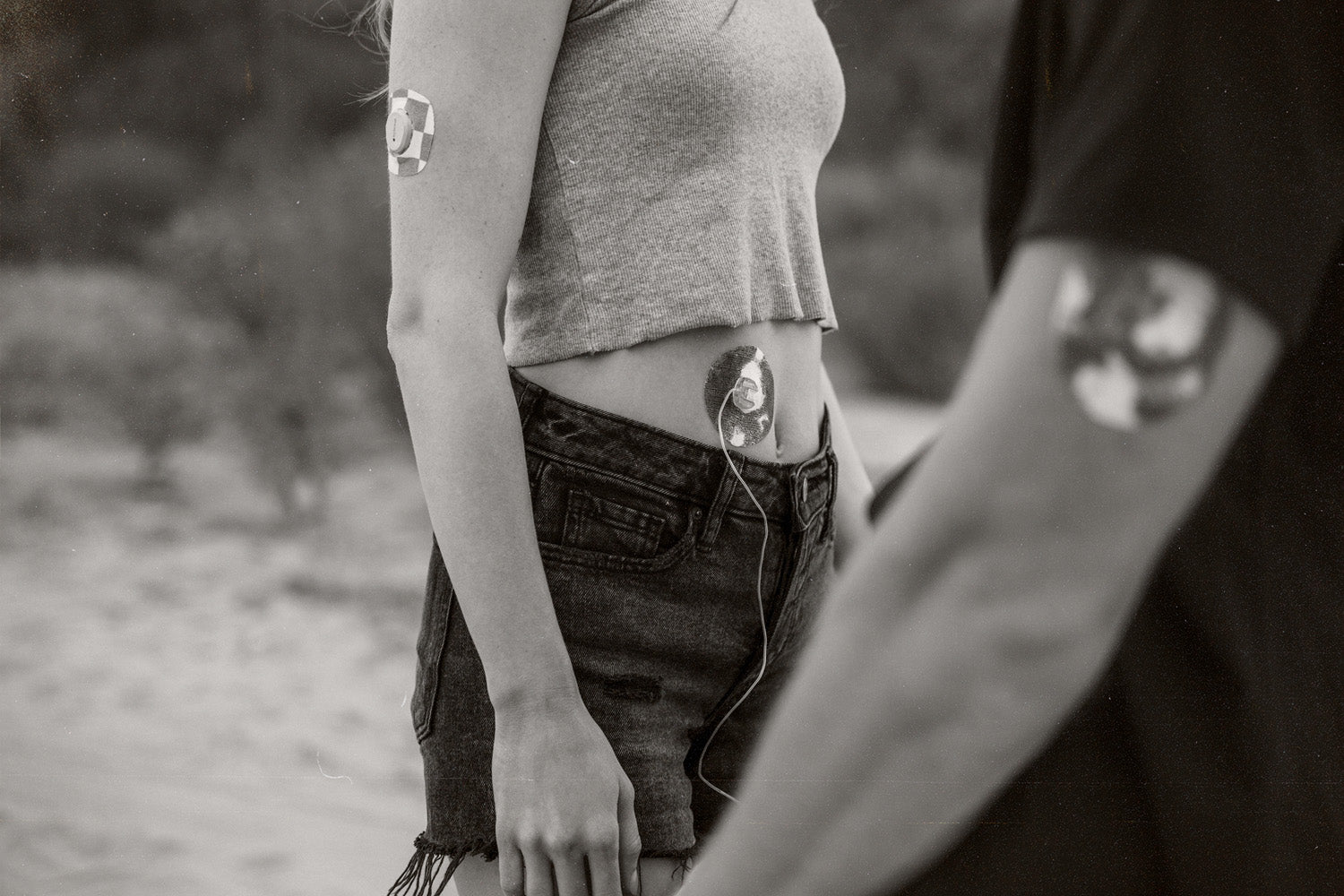 (vargazs / pixabay)
(vargazs / pixabay)
The skincare industry has grown to exceed 100 billion dollars in recent years. Whereas older generations used a washcloth and harsh soap, young people today invest in 12-step regimens with cleansers, toners, moisturizers, serums, and everything in between. If you’re a person with diabetes who’s ever been in a healthcare setting, you’ve likely been told to take care of your skin. What does that mean? What makes skincare different for a person with diabetes? The truth is not very much, but there are a few things to watch out for.
Why Skincare?
People with diabetes hear about the importance of skincare and checking our skin constantly. What’s the big deal? In short, people with diabetes have a higher chance of not noticing a break in their skin. This results from a condition called neuropathy. Chronic high blood sugar damages the nerve cells in your body. As these nerve cells die, a person loses feeling in that part of their body. Most frequently, fingers, toes, and other extremities are the first places to lose sensation. This is why people with severe diabetes are frequently told to never walk barefoot, even inside the house. Small cuts or abrasions can go unnoticed and untreated for weeks if we aren’t careful about maintaining our skin.
Should I do anything special?
As far as special soaps and lotions go? Nope. You can use or ignore any products that anyone else can. The most important thing you should do is pay attention to your skin. Checking your skin regularly should be a part of your routine. After a bath or shower, you can examine your legs, feet, arms, and back for any signs of wounds or skin breakdown. People with high-risk jobs like construction should check more frequently. You can keep your skin healthy by keeping it clean and using a gentle moisturizer. When applying moisturizer, avoid spaces like the groin, between the toes, or armpits, as these spots are generally moist on their own and can easily harbor harmful bacteria.
What should I look for?
Open cuts, scratches, or punctures. Blood is a sure sign. You should also look for less obvious wounds, like blisters. Are you going for a long hike or planning a marathon? Plan on foot care to prevent blistering before it starts and treat it as soon as you notice it. You should also look for any signs of infection on your skin. A skin infection can look red or swollen and feel warm to the touch. You may notice bumps that are red, yellow, or white, almost like acne. Unusual colors or bruising should be brought to the attention of your doctor. Any cuts or wounds you notice should be treated immediately by cleaning them and covering them with a bandage.
When should I see a doctor?
Generally, as soon as possible. Minor cuts or bruises don’t need to be treated in a hospital, but if a wound does not heal, your doctor should be notified. Additionally, any skin problems that don’t respond to home treatment should be dealt with as soon as possible. The longer you wait, the worse complications can become. Your doctor may prescribe antibiotic ointments, drugs, or routines to help your skin condition, and you should follow your doctor’s prescription.
Don’t I have to puncture my skin regularly as a diabetic?
That’s correct. Glucometers will require you to puncture your skin on a regular basis. Because people with diabetes are susceptible to infection from skin punctures, you should be sure to use good hand hygiene and clean the test site before it is punctured. Rotating your test site between fingers will also help prevent scarring and other complications.
For people with continuous glucose monitors, you should rotate the site you stick it. While we all have our favorite spots, using the same site over and over can lead to scarring, which leads to inaccurate readings, as well as skin irritation from removing the adhesive monitor over and over. Products like Skin Tac can help prevent this irritation, as can fully cleansing the area after removing your medical device.
Some individuals with sensitive skin may struggle to keep the site of their CGM free from irritation. The factory adhesives or tape they use may be causing skin irritation or even contact dermatitis. Skin Grip’s adhesive patches are hypoallergenic and designed with sensitive skin in mind. We have created tape for diabetic sensors as well as adhesive patches for Freestyle Libre, Dexcom G6, and Omnipod, and other popular brands. Hypoallergenic adhesives can prevent the irritation that’s common in people with sensitive skin. They are waterproof, comfortable, and help your device stay on for its full lifespan.
Anything else?
For people with diabetes, prevention is the best thing you can do to protect your skin. Managing your diabetes and keeping your blood sugars low can help prevent many complications like ulcers, impaired healing, or loss of sensation. Because of this, it’s important to check your blood sugar regularly, administer drugs or insulin as needed, and maintain the lifestyle recommended. Our skin reflects our health, so staying active and eating a healthy diet will help it stay strong and glowing. Keep kicking ass, and your skin will show it!






























